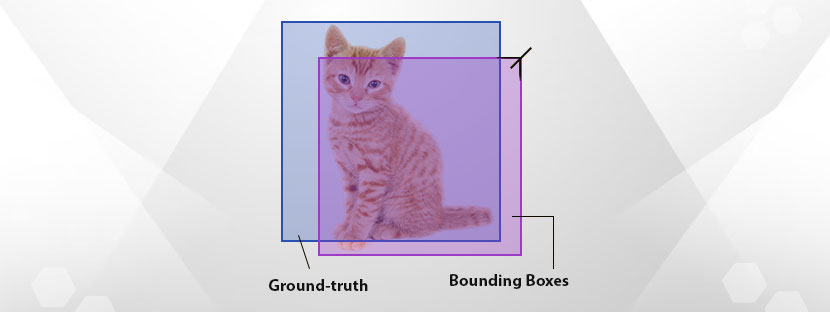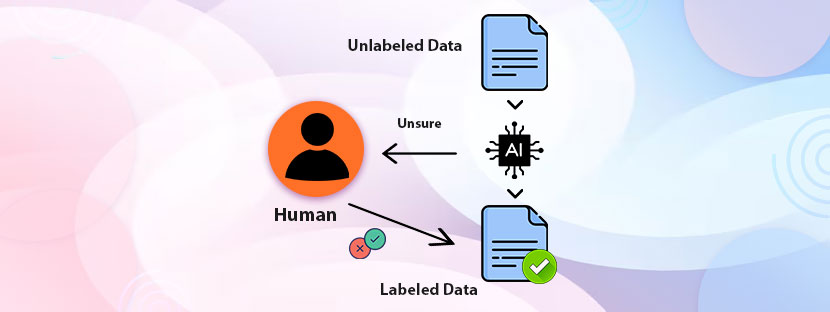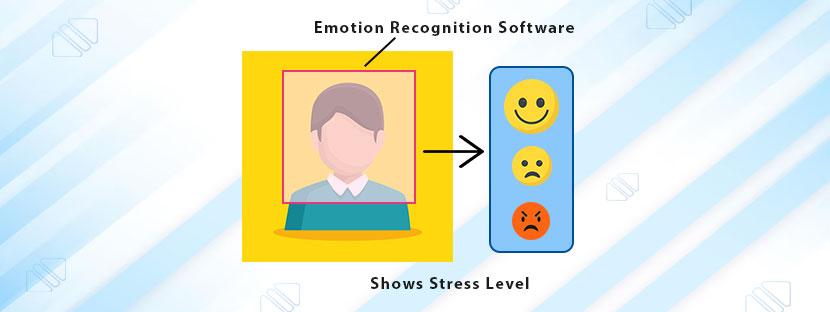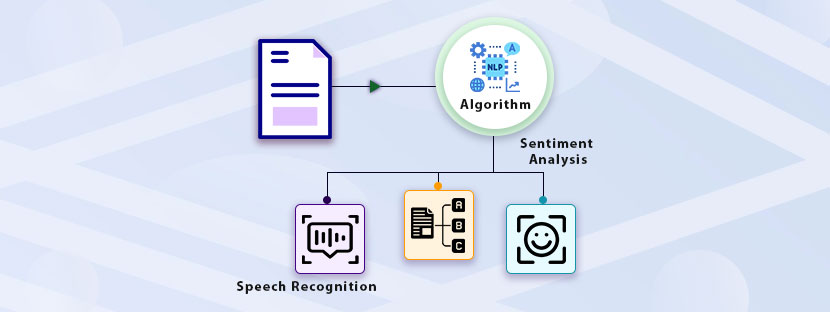In This Article
The development of computer vision is the trend and big software companies are focusing on developing it. Do you know what is the key technology behind the computer vision? Well, it is image annotation that provides machines with the right perception of visual elements. To know about this technology, you need to know what is semantic image segmentation and its attributes.
Ask why semantic image segmentation. Image annotation includes a lot of techniques and semantic image segmentation is the most used among them. This technique assigns class labels to pixels with the help of deep learning algorithms. Thus, computers can understand visual elements very well and detect things accurately.
From developing autonomous vehicles to popular photo filters on social media, the use of image annotation is wide. This technology helps machines by providing them with computer vision, thus, they can detect visual elements. In most cases, the developers prefer the semantic image segmentation process to develop these models.
Let’s discuss the basic factors of semantic image segmentation in this blog. Hence, you can train datasets for your deep neural network models with the help of semantic segmentation annotation.
A. What is Semantic Image Segmentation
Semantic image annotation is a complex process and it involves different attributes. In this image segmenting process, you can segment each pixel from an image within its region, which has semantic value. Plus, you can segment images with a specific label besides having semantic values.
But before we go deeper into semantic image segmentation, let’s briefly understand image segmentation first. As machine learning and neural network research is progressing, the demand for image segmentation is also increasing. Note that, image segmentation has three different types; instance, semantic, and panoptic segmentation. Among them, semantic image segmentation labels each pixel by its semantic class, unlike other types.
To understand what is semantic image segmentation from the core, you need to know that it’s a very authoritative technique. This technique works super fast when it comes to analyzing images with the method for semantic segmentation. Therefore, it helps computer vision by having details of each semantic part of an image.
Semantic image segmentation is very helpful in training Machine Learning (ML) models. Because this semantic-based classification process ensures extra-depth analysis of images for deep machine learning. However, the precision of the work is an essential factor when performing semantic image segmentation.
With the help of different semantic segmentation types, machines can develop visual perception models. The accuracy of these semantic segmentation models is a vital need because these models would detect images in real-life situations. Hence, choosing semantic image segmentation will ensure proper image analysis for deep machine learning.
Now, let’s discuss what is semantic image segmentation along with its types in the next section.
B. Image Labeling Machine Learning: Various Types
Type 1: Region-Based Semantic Image Segmentation
To extract image data of a region, image data extractors use a region-based semantic image segmentation process. This type of segmentation can transform the selected regions into predictions at a pixel level. So, this model makes sure that each pixel is completely visible to computer vision. Interestingly, you can select only free-form regions for image segmentation with this model.
This model uses a specific framework to comply with CNN (Convolutional Neural Networks). With this type, you can drag multiple possible sections from an image using a specific search algorithm. As it runs through CNN thus it drags different features in different areas. In the end, you’ll have every region classified through the liner support of vector machines.
Amazingly, when you know what is semantic image segmentation then you’ll understand different options. For example, the CNN will extract two different features in every region chosen by this region-based model. You’ll get a frontal feature and a full region in this process. When you join both regions together, the performance of the model will be efficiently improved.
However, there are some drawbacks that this segmentation model has, which you have to understand before you choose this. First, this model is not very compatible with the segmentation task as it takes the entire region. Second, if you want to generate precise boundaries with this model then this model is not for you. Because this model does not contain enough spatial information that you can use to create boundaries.
Type 2: Weakly Supervised Semantic Image Segmentation
As the name suggests this semantic image segmentation model can consume a lot of time in supervision. However, this model is very popular for its dedicated semantic image segmentation process by using annotated bounding boxes. To train neural networks, images get boxed through the bounding boxes. Nowadays, companies that invest in computer vision models rely on outsourcing Semantic Image Segmentation Services to get their annotated images. Many companies choose to outsource semantic segmentation to get all the benefits.
Although this model is expensive but can ensure improved training of your ML models due to the utilization of bounding boxes. If you ask what is semantic image segmentation and what is the use of bounding boxes here? Then, you must have to understand that bounding boxes are an efficient data labeling tool. It annotates images by focusing on the object accuracy while eliminating all noise.
Because this model got its name due to flexibility hence you can customize different elements through this model. Hence, you can consider some aspects of your network fittings while implementing this model. So, you can what you want from image annotation using this special type of semantic image annotation type.
Type 3: Fully Convolutional Network-Based Semantic Image Segmentation
Developing computer vision always has a fixed aim, which is, in most cases, image semantic-based classification, identifying objects, etc. The development of autonomous vehicles indicates that this sector of developing computer vision is gaining momentum. Besides images, computer vision helps in annotating videos and real-time movement of objects.
To know what is semantic image segmentation, you need to understand FCN or Fully Convolution Network-Based models. This model mentions label inputs for pre-defined sizes so the layers can be fixed in their inputs. Unlike the region-specific model and other semantic segmentation types, this model does not include region proposals.
Understanding FCN is better through the help of randomly sized images. This model works by running inputs in alternative convolutions and layers. Interestingly, FCN can predict layers that are in low resolutions and create ambiguous object boundaries. This model has wider application in automatic caption generation, sentence classification, semantic parsing, and many more.
Let’s find out – Paid Vs Open-Source Semantic Segmentation Labeling Tool – What’s Better?
C. Preparing Data for Semantic Image Segmentation
To initiate the semantic image segmentation process, you need to prepare your datasets. Remember that, all your datasets must contain the same number of images in the same format. This will ensure that classifiers would distinguish the classes of datasets based on similar weights them.
Sometimes classifying data into different classes becomes a challenging task, especially when there are some discrepancies. Therefore, grading and classifying the images becomes a crucial factor here. For that, you need to know what is semantic image segmentation and its importance first. However, you can eliminate discrepancies while providing training to data classifiers.
The process of preparing the image data for segmentation has multiple layers. Understanding each layer is very essential for the classifiers as they will perform the entire task. Labeling images accurately is the ultimate need that would determine the success of the computer vision models.
Let’s check what other things you have to consider while collecting all data from the image annotation process.
I. Checking Suitability
Checking the suitability of the semantic segmentation is very important for developing machine learning projects. If the segmentation process suits your organization’s needs then it will help you in leading your ML projects. Image annotation with the highest accuracy rate is a challenging task using various semantic segmentation models, especially when you have blurred images.
To know what is semantic image segmentation, you have to try different methods. However, your aim here should be removing the blurriness of images, if you have b;lury images. Removing the unnecessary blurry images is essential because these images create confusion among the classifiers. Having all accurate high-quality images in the database will make the CNN system strong. Along with this, it makes the image annotation process smooth and effective.
II. Usage of Bounding Boxes
As discussed before, bounding boxes are efficient in boxing images for images annotation. Therefore, to make the image annotation process strong and efficient, you need to use bounding boxes accurately in appropriate places. Using three different method for semantic segmentation, you have to put images in bounding boxes to develop computer vision.
Bounding boxes are there for classifying objects into different categories. Mixing up objects in the same bounding box will make the image annotation process ineffective. Therefore, you have to ensure that you know what is semantic image segmentation and the use of bounding boxes. You have to distinguish objects inserted into bounding boxes with accurate details. Thus, it will make the semantic segmentation annotation process super strong and efficient.
D. You can Opt to Outsource Computer Vision Semantic Segmentation
Outsourcing image segmentation services is the best for having the segmented images within time. The outsourcing service providers are working with highly skilled professionals who ensure the highest quality of service. Hence, if you are into the field of ML or AI then outsourcing is the best for you. Plus, outsourcing these services will also ensure you get a flow in your computer vision projects.











